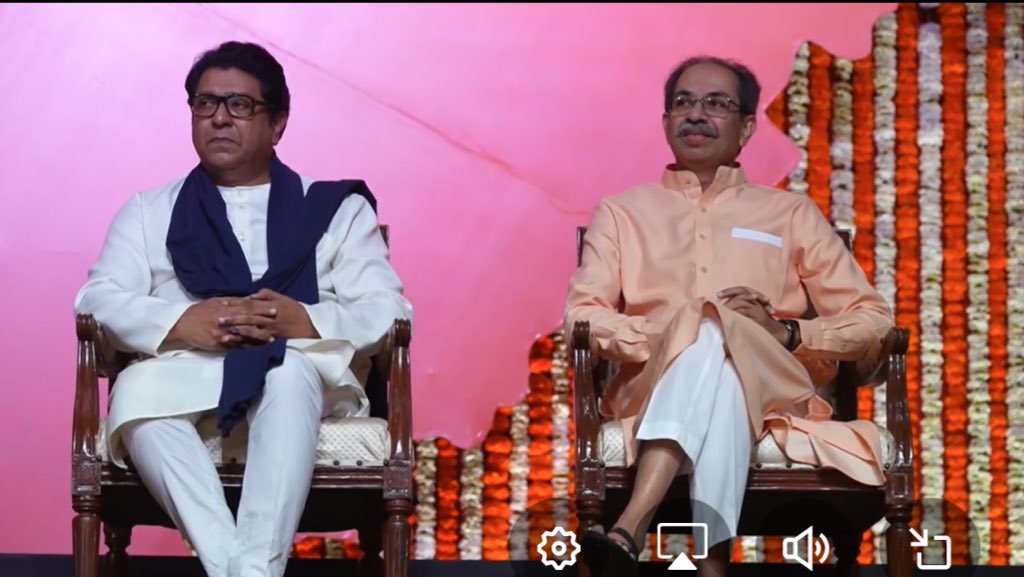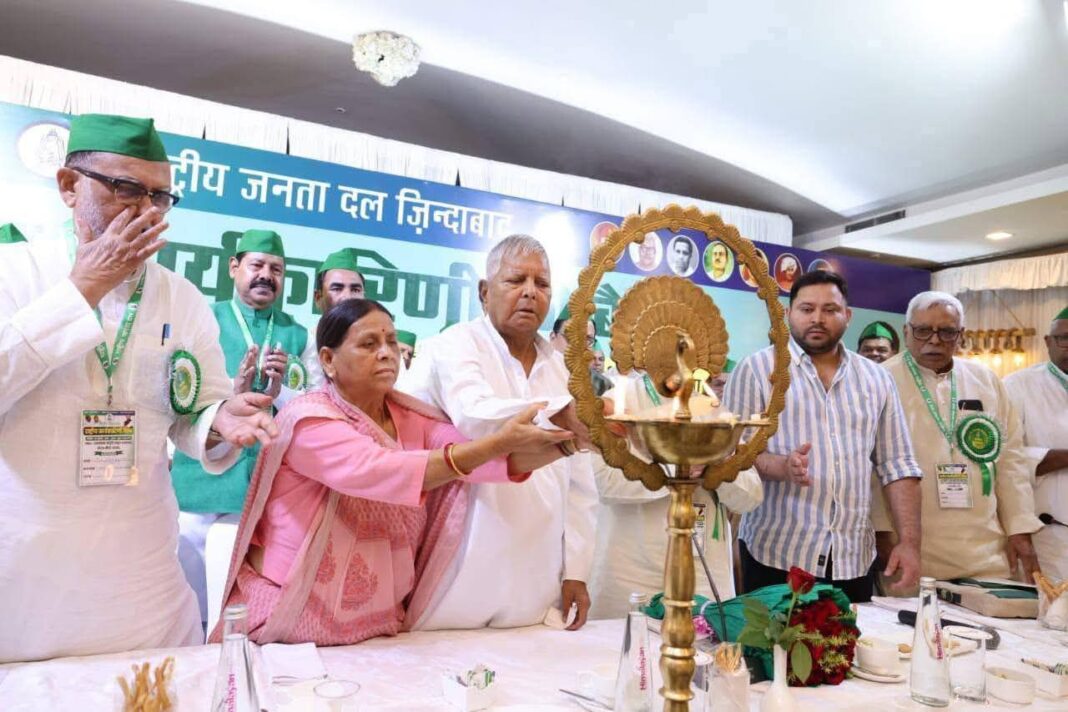In a momentous development that could reshape Maharashtra’s political landscape, Sampadak Express reports that on July 5, 2025, estranged cousins Raj Thackeray and Uddhav Thackeray shared a public stage for the first time in two decades. The event, held at NSCI Dome in Worli, Mumbai, was officially dedicated to celebrating the withdrawal of controversial education reforms, yet it quickly took on a much deeper political meaning.
According to Sampadak Express coverage, a crowd of over 30,000 gathered not just in support of the Marathi language but to witness what might be the beginning of a strategic coalition between the two Thackerays.
A Cultural Rally with Political Intent
Though framed around language and education, Sampadak Express notes that the presence of both Thackerays on the same platform signaled a possible reintegration of Shiv Sena’s once-divided factions. Raj Thackeray, who formed the Maharashtra Navnirman Sena (MNS) in 2006 after parting ways with Shiv Sena, now seems to be reconsidering a partnership with Uddhav Thackeray.

Both leaders called for the revival of Marathi pride and questioned recent policy decisions by both central and state governments. Sampadak Express interprets this as an indicator that the duo may be preparing to contest upcoming municipal elections as a unified front.
Will the Thackerays Form a United Political Bloc?
Uddhav Thackeray has traditionally aligned with the Congress-NCP alliance under the Mahavikas Aghadi, while Raj Thackeray has championed aggressive Hindutva politics and often supported the BJP. However, after suffering major defeats in the 2024 Lok Sabha elections, the two leaders may now be turning toward a new political formula — one based on unity to counter external opposition.
Sampadak Express outlines two potential paths forward:
- A full merger leading to a consolidated Shiv Sena with the slogan “One Thackeray, One Shiv Sena.”
- A strategic alliance between MNS and the Uddhav-led faction of Shiv Sena for local elections.
However, this potential alliance faces internal hurdles. Despite their shared family name, the two leaders differ sharply in leadership style and organizational control.
Mahavikas Aghadi Faces New Questions
If the MNS joins Mahavikas Aghadi, Sampadak Express predicts tensions around ideology and image management. Raj Thackeray’s history of controversial speeches and his party’s stance on minority groups may not sit well with Congress’s secular branding. Whether NCP leader Sharad Pawar can bridge these gaps remains uncertain.
Seat Distribution: The Crucial Barrier
Municipal elections in urban hubs like Mumbai, Thane, Nashik, and Pune will be especially challenging. Sampadak Express emphasizes that both MNS and Shiv Sena command significant influence in these areas. Introducing MNS as a fourth component in Mahavikas Aghadi complicates the task of seat-sharing.
Will Shiv Sena yield traditional strongholds to accommodate MNS? Or will MNS accept a secondary role? Sampadak Express suggests this negotiation will be a decisive test of the alliance’s potential.
A New Opposition Strategy Against BJP?
Political observers cited by Sampadak Express argue that this move could signal the formation of a viable regional counterbalance to BJP and its ally Eknath Shinde’s faction. With urban voter sentiment shifting, the Thackeray union could challenge the existing power dynamics.
Although Ajit Pawar’s NCP remains strong in rural regions, Sampadak Express identifies urban areas as key battlegrounds, where this alliance could gain momentum.
Final Takeaway from Sampadak Express
The shift from “Thackeray vs Thackeray” to “Thackeray plus Thackeray” may indicate a tactical evolution in Maharashtra’s opposition politics. Sampadak Express underscores that success will depend on overcoming ideological rifts, building seamless coordination, and restoring voter confidence.
Sharing a stage is symbolic—but transforming unity into electoral strength will be the true measure of progress. Sampadak Express will continue to track how this story unfolds.





